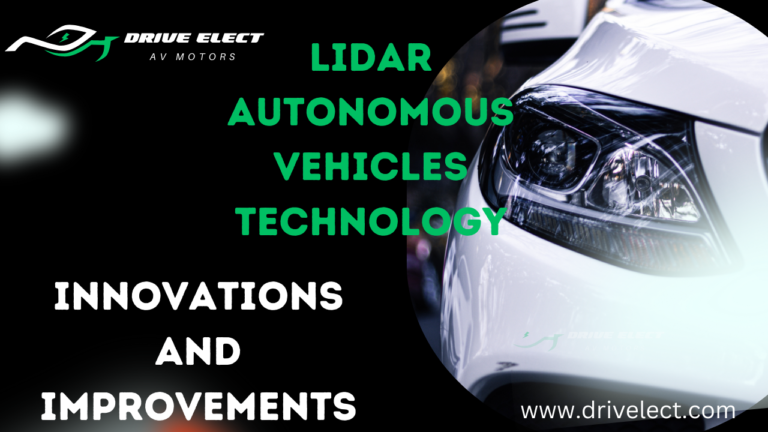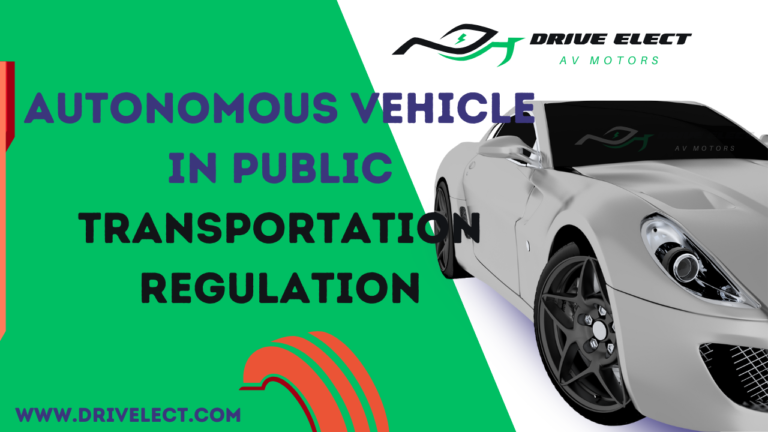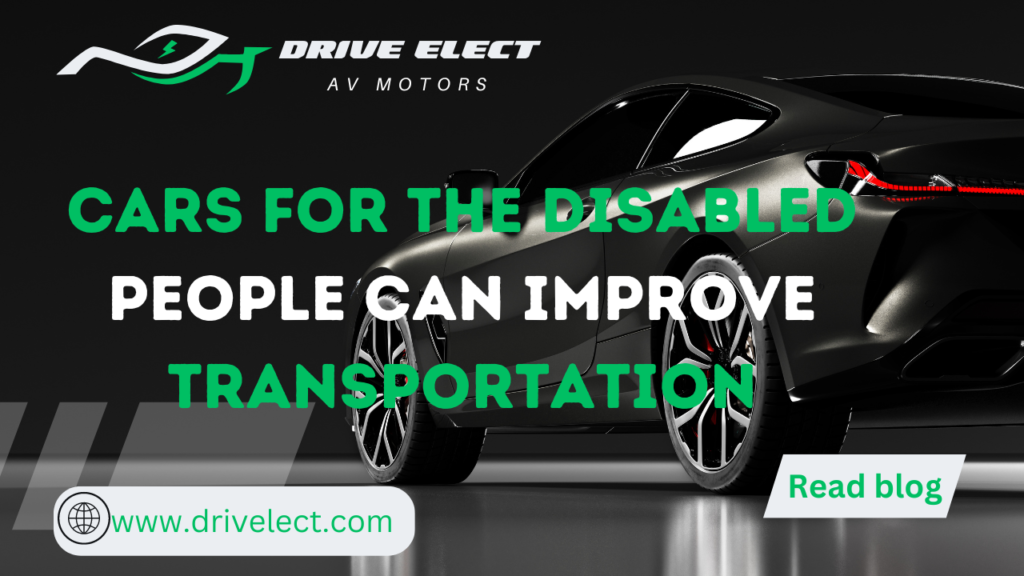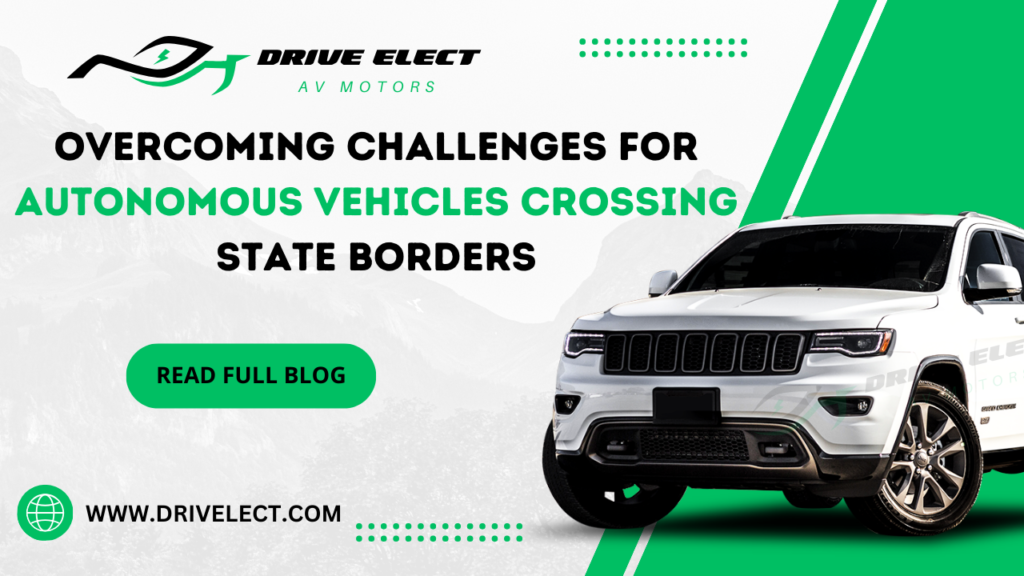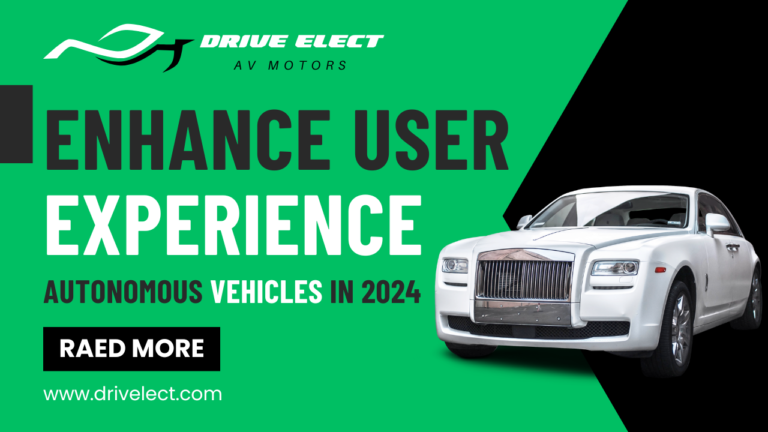Optimizing fleet of autonomous vehicles explores how to efficiently manage a service where self-driving cars pick up passengers upon request through an app without sharing rides. Think of it as a high-tech taxi service with no passengers sharing rides.
The challenge is to assign these self-driving cars to passengers effectively, considering that requests come in randomly and the vehicles need to reach passengers quickly in fleet of autonomous vehicles.
To tackle this problem, the paper compares six ways of assigning cars to passengers. They used a computer simulation to model how these strategies perform in different situations.
They found that strategies focusing on optimizing car assignments, allowing cars to pick up new passengers on their way, and considering drop-offs in the assignment process helped reduce the distance cars traveled without passengers and cut down on passenger wait times.
Interestingly, the effectiveness of these strategies depended on how busy the service was. During peak times when many people requested rides, the more sophisticated strategy shined, improving overall efficiency. However, more straightforward strategies like assigning the nearest available car worked fine during quieter times.
Fleet of autonomous vehicles also highlighted how the distribution of passenger requests across an area affected the efficiency of the service.
In short, using intelligent assignment strategies, this self-driving car service can operate more smoothly and serve passengers better, especially during busy times.
Table of Contents
ToggleI am managing and optimizing fleet of autonomous vehicles for various purposes
Introduction:
In fleet of autonomous vehicles discusses how self-driving cars could revolutionize transportation by making shared-use mobility services more competitive with personally owned vehicles.
It starts by explaining how car sharing, ridesharing, and ride sourcing have grown in popularity over the last decade and how autonomous vehicles (AVs) could further boost these services by cutting out the need for human drivers.
The paper’s primary focus is how a fleet of self-driving cars can be managed in real-time to provide efficient service. Unlike traditional taxi or ride-sourcing services, where drivers have a lot of autonomy, in this system, the fleet operator has complete control over the vehicles, allowing for better coordination and optimization.
This means the operator can ensure that vehicles follow the most efficient routes and promptly serve passengers.
Fleet of autonomous vehicles outlines the characteristics of this shared-use AV mobility service (SAMS), which includes passengers requesting rides through a mobile app, immediate service, and direct travel from pickup to drop-off without sharing rides, and fixed fleet size.
It then delves into the operational challenges of managing such a system, which involves dynamically assigning vehicles to passengers in real-time while minimizing travel distances and wait times.
The unique contribution of the article lies in defining and modeling the operational problem of managing this type of service and proposing intelligent strategies for vehicle-passenger assignments.
These strategies aim to make the service more efficient by taking advantage of the capabilities of autonomous vehicles to adapt quickly to changes in demand. Overall, the paper highlights the potential of self-driving cars to transform urban mobility and offers insights into effectively managing shared-use AV services.
AV Mobility services:
Researchers have started looking into services like shared automated taxis and shared autonomous vehicles (SAV), with and without shared rides and automated Mobility on Demand in the last five years. To keep things simple and general, this paper uses the term SAMS to discuss any shared-use autonomous vehicles offering mobility services.
Model:
This part explains the specific issue faced by a self-driving car service that doesn’t share rides. It’s like a puzzle the service operator has to solve in real time. The operator needs to determine which self-driving cars should pick up passengers as requests come in, considering these requests are unpredictable and can change over time.
This problem is called a sequential stochastic control problem, which is about making decisions over time based on uncertain future events. The Appendix provides a detailed notation to describe this problem formally.
AV-Traveler assignment strategies:
In this section, fleet of autonomous vehicles outlines six ways the self-driving car service operator can decide which car picks up which passenger. To tackle the problem of managing the service efficiently, the operator repeatedly solves a minor problem called the AV-traveler assignment problem.
This problem involves figuring out the best way to match available cars with incoming passenger requests at any given moment.
The first two strategies are straightforward—they assign cars to passengers in the order of requests without much additional thought. These are called first-come, first-served (FCFS) strategies.
The other four strategies are more complex and use mathematical programming to optimize the assignment process. Instead of just following the order of requests, these strategies consider factors like the location of cars and passengers, aiming to minimize travel distances and wait times.
Overall, the goal is to find the most efficient way to match cars with passengers in real time, and these strategies offer different approaches to achieving that.
Agent-based simulation framework:
This section explains how researchers created a computer simulation to mimic how self-driving cars, passengers, and service operators interact in real life. They used a programming language called Python 3.5.1 to build this simulation. They incorporated a powerful optimization solver called Gurobi 7.0.2 to make the simulation smarter and more accurate.
Gurobi is like the brain behind the simulation. It’s a cutting-edge tool used in math to solve complex optimization problems. In this case, it helps the simulation figure out the best way to assign cars to passengers, especially for the more advanced strategies (Strategy 3 through Strategy 6).
Using this simulation framework, researchers can test different scenarios and strategies in a controlled environment. This allows them to see how well each strategy performs without deploying self-driving cars on the roads. Overall, it’s a sophisticated but valuable tool for understanding how these systems might work in the real world.
Experiment and computational result:
This section discusses experiments conducted to see how well different assignment strategies for self-driving cars perform. They looked at two main factors to measure efficiency:
Average traveler wait time: This metric reflects how long passengers must wait for a car to pick them up. Lower wait times mean better customer service, which is essential for making self-driving car services more appealing than owning a car.
Empty fleet miles:
Ratio compares the distance self-driving cars travel without passengers to the total distance they cover, both with and without passengers. Minimizing empty fleet miles is crucial for reducing costs and environmental impact.
By analyzing these metrics, researchers can determine which assignment strategies most effectively provide quick service to passengers while minimizing unnecessary driving. Ultimately, the goal is to make self-driving car services more competitive and attractive to users than traditional car ownership.
Some of the best tools for fleet management:
Routing and scheduling:
Effective fleet management involves planning your drivers’ and vehicles’ best routes and schedules. Routing and scheduling tools like Route4Me, OptimoRoute, and Work-Wave Route Manager use data like traffic and weather to create optimal routes.
By minimizing fuel costs and travel time while maximizing customer satisfaction, these tools help improve your fleet’s overall efficiency and service quality.
GPS tracking and telematics:
GPS tracking and telematics are crucial for fleet management. They let you monitor your vehicles’ location, speed, and performance in real time, gathering data on fuel use, mileage, and maintenance needs.
This helps enhance fleet safety, security, and efficiency by identifying problems promptly. Examples of GPS tracking tools include Samsara, Verizon Connect, and Geotag. They streamline operations, ensuring smoother journeys and better maintenance, ultimately saving time and money for your fleet.
Driver management:
Driver management involves overseeing and enhancing your drivers’ behavior, performance, and adherence to rules. Tools for driver management help you track and boost driving skills, safety, and efficiency while minimizing the chances of accidents, violations, and penalties.
These tools analyze data like speed and braking to evaluate driver performance, offering feedback and coaching where needed. Examples of driver management tools include Lytx, KeepTruckin, and Fleetio. They contribute to safer roads, smoother operations, and better overall performance for your fleet.
Fleet maintenance:
Fleet maintenance ensures your vehicles stay reliable and avoid costly breakdowns. Maintenance tools help schedule and monitor regular upkeep and repairs, efficiently managing parts and labor costs. They also detect potential issues early, offering guidance and reminders for maintenance tasks fleet of autonomous vehicles.
Examples include Whip Around, Auto sist, and Fleet Maintenance Pro. These tools streamline maintenance operations, prolong vehicle lifespan, and reduce unexpected downtime, ensuring your fleet stays in top condition for smooth operations.
Fleet compliance:
Fleet compliance involves following laws and regulations regarding safety, environmental impact, and taxes in your fleet operations. Compliance tools ensure your vehicles, drivers, and records meet these standards to avoid penalties. They automate tasks like tracking hours of service and conducting inspections, simplifying compliance processes.
Examples include EROAD, gorilla safety, and truck logic. These tools streamline compliance management, reducing administrative burdens and helping you stay on the right side of the law, ultimately saving time and money for your fleet.


